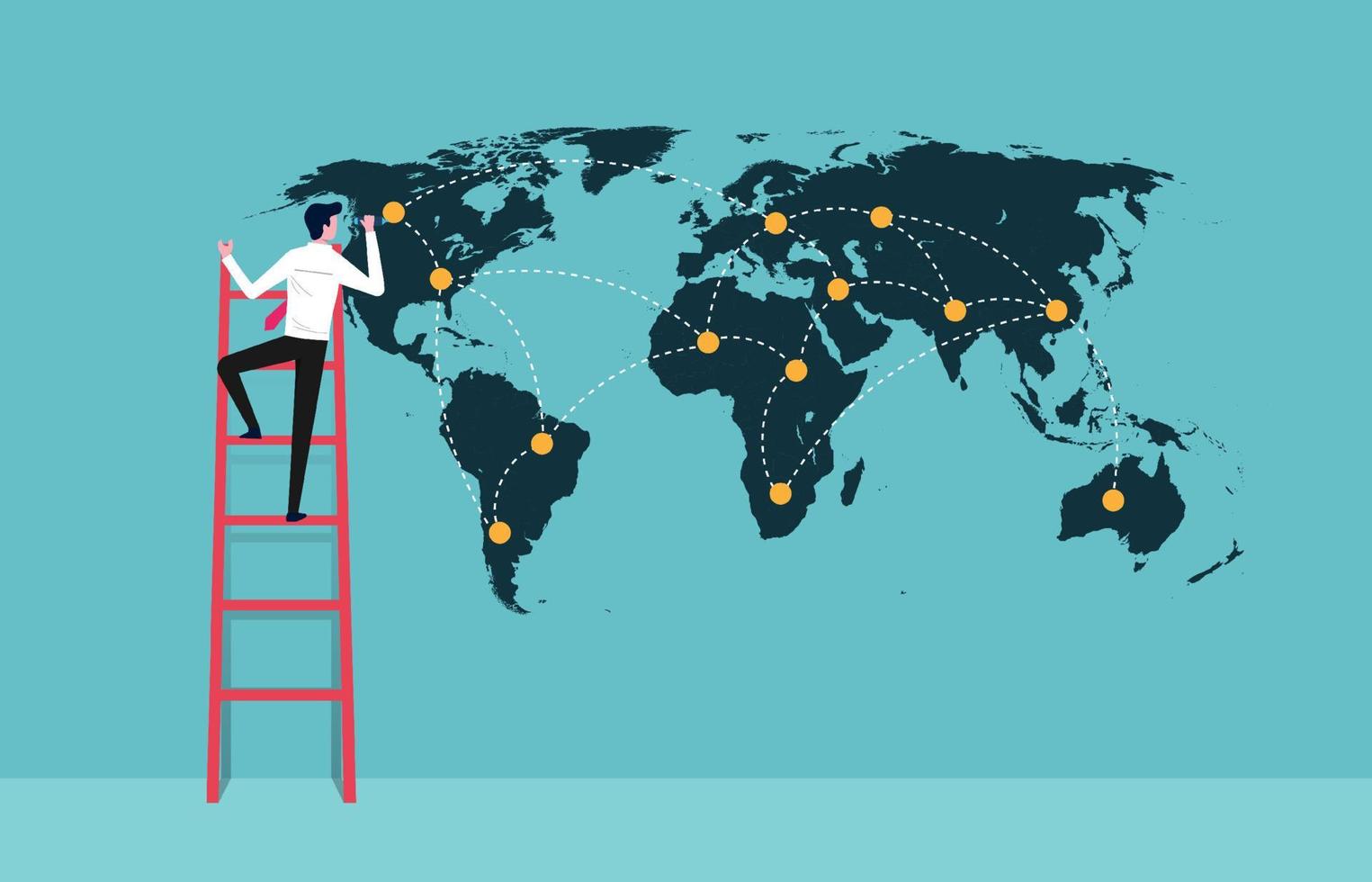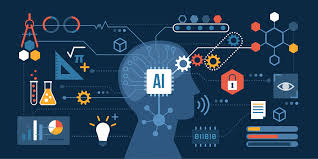Hello!
 Every organization’s heart is its employees. As organizations grow, so must their employees.
Every organization’s heart is its employees. As organizations grow, so must their employees.
The pandemic highlighted a major shortcoming more than anything. While businesses often focus on tangible assets like inventory and machinery or intangible assets like IP and brand, they often forget the one asset that makes it possible: our employees.
The world is changing rapidly and there is more competition between businesses. Business leaders must invest in workforce transformation and skills training to ensure their employees are able to grow and develop with the company.
We often talk about talent development and retention, but what do skills have to do with it, and why is identifying and closing skill gaps and upskilling so important?
Challenges faced by employers in a volatile business climate
 The pandemic disrupted business operations, and has accelerated the need to transform workplaces. It affected businesses from many industries. Many businesses have had to change their strategies in order to survive, including embracing ecommerce and online channels, or to simply innovate their business processes.
The pandemic disrupted business operations, and has accelerated the need to transform workplaces. It affected businesses from many industries. Many businesses have had to change their strategies in order to survive, including embracing ecommerce and online channels, or to simply innovate their business processes.
Businesses pivot because they struggle to understand their workforce’s capabilities and identify the skills that their workforce requires to pivot. They also have to be able to recognize and close any skill gaps and ensure the training is provided.
These businesses often fail to provide the proper training and upskilling to enable their employees to transition smoothly.
This applies to both startups and SMEs, which have limited resources and have not had to develop their workforce. It also applies to large companies and MNCs that have large workforces to manage, but lack the data and automated processes necessary to support transformation.
In a survey from PWC, 74 per cent of CEOs said that a lack of availability of the right skills would constrain growth and hamper companies’ ability to tackle the impacts of the COVID-19 pandemic.
 Only 18% of CEOs stated that they had made significant progress “establishing an upskilling program that develops a mixture of technical, soft and digital skills”, and only 24% said they had made significant improvements in “Defining the skills required to drive future growth”.
Only 18% of CEOs stated that they had made significant progress “establishing an upskilling program that develops a mixture of technical, soft and digital skills”, and only 24% said they had made significant improvements in “Defining the skills required to drive future growth”.
Ten percent of the companies surveyed said that they have not made any progress. CEOs have difficulty putting their plans into action.
Skills management is crucial in a workforce
Companies are making significant changes in the way they approach their workforce development and organisational structure. Companies have traditionally been organized into job roles clusters with development paths based on job position seniority.
The training would be based on job roles and all employees at certain levels of the company will need to take standardised training.
 However, industries are being rapidly disrupted and new job positions are needed with complex skills requirements. Companies are finding it difficult to keep up and employees suffer from the consequences of this.
However, industries are being rapidly disrupted and new job positions are needed with complex skills requirements. Companies are finding it difficult to keep up and employees suffer from the consequences of this.
Businesses are becoming more specific in their approach and have begun to develop competency models and frameworks. They also detail jobs and determine skills proficiency levels.
This has made it more difficult for businesses to understand the skills needed.
A well-designed skills management system will help employees retain their jobs and create an agile workforce that is able to seamlessly move with their organizations in the event of a market or industry disruption.
The current labour market has a limited supply of skilled workers. This makes it difficult for companies to invest in workforce development.
Employers can build talent rather than purchase it. Employers can save money by developing key skills internally rather than spending six times as much on new talent.
 A flexible workforce means an organisation that is ready for the future, ready to meet its needs today and tomorrow. A flexible workforce supports productivity, innovation, and creativity. It creates employees who are active stewards for the organization’s vision.
A flexible workforce means an organisation that is ready for the future, ready to meet its needs today and tomorrow. A flexible workforce supports productivity, innovation, and creativity. It creates employees who are active stewards for the organization’s vision.
If the benefits of skills management are so extensive, why isn’t everyone doing it?
It is not easy to create a comprehensive skills management system for the workforce. To be successful, it takes a lot of resources, commitment, and organization. It’s nearly impossible to find time to create and execute this process due to the daily workload.
It’s difficult for companies to understand their current workforce’s skills and capabilities. Most data sources, such as resumes and CVs, are not structured and can be difficult to digitize, consolidate and make sense of. They also tend to contain outdated information that lacks relevant skills information.
 Second, each company is different and therefore it can be difficult to create a framework or “language for skills” that suits their needs. Companies prefer to validate the skills of their employees and are skeptical of the reliability of the data.
Second, each company is different and therefore it can be difficult to create a framework or “language for skills” that suits their needs. Companies prefer to validate the skills of their employees and are skeptical of the reliability of the data.
Companies have difficulty implementing any change because their current skills mapping processes and systems are unconsolidated and manual. This results in difficult implementation and resistance from the workforce.
Creating an effective skills management system: Where to begin?
It is important to start by stating that every organization is unique, as are every member of the team. Each organisation has its own skills management processes. However, the skills that are needed share fundamentally similar characteristics.
 Before taking any remedial actions, an organisation must have a thorough understanding of its workforce’s skills and capabilities in order to bridge the skills gap.
Before taking any remedial actions, an organisation must have a thorough understanding of its workforce’s skills and capabilities in order to bridge the skills gap.
It is essential that every organisation has a good understanding and knowledge of its employees’ skills and proficiency. Organizations also need to be able to access and assess the skills required to run their business.
The key to success is the ability to create a unique skill library that is tailored to your company’s needs – a unique skill language. As the market changes and the demand for new skillsets increases, the skill databases will need to continue being updated.
This will require that truth and facts are used to guide the process.
A system and process to identify, collect, validate, consolidate, and analyse internal skills data based upon the company’s unique skill language must be established.
 Any change initiative must be supported and bought in by the employees. Relying on manual methods that are tedious, painful and slow will only lead to resistance and failure.
Any change initiative must be supported and bought in by the employees. Relying on manual methods that are tedious, painful and slow will only lead to resistance and failure.
Structured and well-designed systems, which preferably use technology to manage and collect data, will speed up the process and reduce friction.
An organisation will benefit from a detailed skills library in many ways. This includes allowing managers to easily identify and deploy the best talent to their roles, supporting the identification and deployment of new employees based on their skills, and simply having a real-time data dashboard that allows them to better understand their skills and make better decisions.
AI and big data in human resource practices
 Digital technologies can be a great enabler of change in all aspects of your business and process. AI can help businesses gain access to skills data insights, reduce labour-intensive processes and allow for new approaches like the creation of their own Skills Bank or Skills Intelligence databases.
Digital technologies can be a great enabler of change in all aspects of your business and process. AI can help businesses gain access to skills data insights, reduce labour-intensive processes and allow for new approaches like the creation of their own Skills Bank or Skills Intelligence databases.
AI can allow us to develop, aggregate, and apply, both internal and external data, to plan and create a holistic talent strategy plan.
This eliminates labour-intensive processes which often slow down HR departments. It also saves time and money up to 90%.
This idea isn’t just a sci-fi fantasy, but it is quickly becoming a reality. AI-powered transformation platforms have already been created. They can reference external labour market information and collect data on internal skills. This will allow them to create unique skills libraries for all workforces.
These platforms can provide access to market data that will help identify future-ready skill sets and develop development roadmaps to help employees with their personal and professional development.
 This was exactly the market gap we wanted to fill when I founded JobKred. I used data science technology to accelerate human resource development.
This was exactly the market gap we wanted to fill when I founded JobKred. I used data science technology to accelerate human resource development.
We have been working with enterprises and individuals to help them develop their skills, especially in Southeast Asia.
JobKred is an AI-powered skill intelligence platform and competency management platform. It was created in order to reduce employee attrition, identify and develop lacking skills, and transform organisations into future-ready by data-driven and effective skills development.
JobKred works with Fortune 500 companies, top-ranked universities, government agencies, and international aid agencies such as the World Bank. It has accumulated a wealth of experience, data, and expertise in all aspects of workforce development and skills intelligence.
The future of HR practices
Employers must be flexible and open to new ideas in order to transform their business. These traits are crucial to changing the future of work in today’s economic climate.
 This means that they are willing to make a leap in job design, adopt digital technologies and take on new work methods to quickly adjust their business’s capabilities, reduce employee attrition, improve business agility, and extend their business lives.
This means that they are willing to make a leap in job design, adopt digital technologies and take on new work methods to quickly adjust their business’s capabilities, reduce employee attrition, improve business agility, and extend their business lives.
An agile workforce is becoming more important. HR will play a greater role in helping to make better decisions and utilizing skills intelligence.
The future of business is built on skills. It’s not about just accumulating money in a bank for future use. It’s about finding the right resources, growing them in the right manner, and using them to help you grow your business.
Employers must be flexible and open to new ideas in order to transform their business. These traits are crucial to changing the future of work in today’s economic climate.
This means that they are willing to make a leap in job design, adopt digital technologies and take on new work methods to quickly adjust their business’s capabilities, reduce employee attrition, improve business agility, and extend their business lives.
 An agile workforce is becoming more important. HR will play a greater role in helping to make better decisions and utilizing skills intelligence.
An agile workforce is becoming more important. HR will play a greater role in helping to make better decisions and utilizing skills intelligence.
The future of business is built on skills. It’s not about just accumulating money in a bank for future use. It’s about finding the right resources, growing them in the right manner, and using them to help you grow your business.
Also read:
- Best Cities For Foodies To Visit This Summer
- Gemini Unveils Tutor Mode: Now Teaching Languages, Coding, and Even Music Without the Hassle
- Adult Pacifiers Take China by Storm: A Surprising Trend in Stress Relief
Thank you!
Subscribe to our newsletter! Join us on social networks!
See you!






